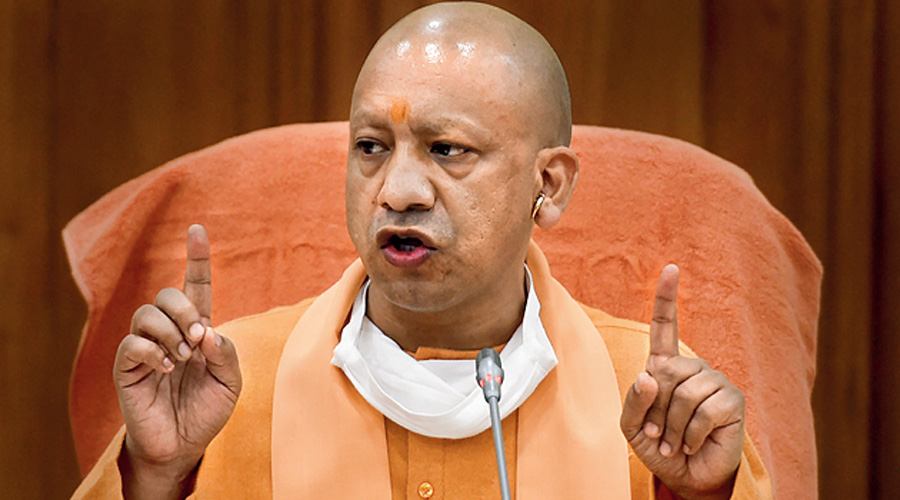Uttar Pradesh’s draft population bill may be a step in the right direction but some of its provisions, such as ‘disqualification from contesting elections’, merit concern. Section 9 (1) of the draft bill bars an individual with more than two children from contesting local elections. This provision fails the test of Article 14 of the Constitution because of its discriminatory implications for backward classes and women.
The discriminatory nature of such a provision would become apparent if we were to look at the statistics of disqualification in states that have adopted such a measure. One study on the election disincentive programme revealed that out of 111 people who were disqualified from contesting elections on account of their failure to abide by procreation norms, 40 belonged to the scheduled castes, five were from the scheduled tribes and 44 hailed from the other backward classes. Roughly 50 per cent of the respondents were estimated to have an annual income of less than Rs 20,000. Furthermore, as per the data collected in 2004, in Madhya Pradesh, out of the total number of disqualified people, 72 per cent belonged to SC, ST and OBC communities. The reason for such a disproportionate presence of socially disadvantaged groups is that the provision can be easily circumvented by powerful classes and castes that have money as well as access to medical facilities, which permit pre-natal sex determination and illegal abortions.
Furthermore, this provision can widen the already existing gender gap in electoral politics. Electoral disincentives are more likely to be prejudicial towards women willing to contest elections. A survey found that in Rajasthan 25 per cent among 450 people disadvantaged by procreation norms were women. This figure presents a problem because the number of women contesting elections is much lower than that of men.
The UP government seems to be excited about the new population policy even though in India’s patriarchal set-up, women have very little say in such matters as the size of the family. So why penalize them? It would also be comparatively easy for men contesting polls to desert their spouses in order to get around the disqualification clause. Making such a rule mandatory would adversely affect the social and economic conditions of women.
Measures such as these have been declared valid by the Supreme Court. For instance, the apex court had upheld Haryana’s law on population control by observing that the disqualification norm does not contravene any fundamental right, and that it has been devised in the national interest. This reasoning is flawed. The court’s judgment was premised on its belief that burgeoning population is one of the major hindrances to the country’s progress. It would be interesting to examine this assumption in the light of evidence. With a population of 220 million, UP has been suffering from low development indices for years. Yet, the population growth is declining in the state. The fertility rate came down to 2.7 in 2016 from 4.82 in 1993 and is estimated to fall to 2.1 by 2025.
The Supreme Court had relied on Five Year Plans in order to support the system of disincentives for population control. It is important to note that the highest court referred to the first seven Five Year Plans (1951 to 1990). During that time, the implications of such punitive measures were not well-known. Since then, there has been a substantial departure from the policy of adopting disincentives as a means of controlling population. The Cairo Conference held in 1994 — it encouraged governments to focus on the objectives of population and development through education and voluntary campaigns instead of undertaking schemes involving incentives and disincentives — was a case in point. Again, the judgment does not discuss the implications of such measures on rights and socio-economic conditions of women. There is an abundance of scholarly material that point towards the discriminatory impact of such deterrents on women and backward sections.
The Yogi Adityanath government seems to have completely discounted the possibility that these penal provisions would heighten women’s vulnerabilities to illegal abortion and desertion and subject the disadvantaged sections to newer discriminations. The policy should, instead, be framed to address such needs as a better healthcare system, improve the literacy rate and enhance women’s empowerment.











